Every now and then, shippers new to shipping by ocean may get a strange notification from their carriers. “Please complete the ‘Vehicle/Container Packing Certification’ in order for us to accept your cargo.” This notice may puzzle shippers who are used to other modes. “What do we have to certify?” they wonder. “Are the carriers looking for proof our packages are UN specification? Are they looking for the details about our Cargo Transport Units (CTUs)? What is this, and why don’t we see it for other modes of transport?”
The Container/Vehicle Packing Certificate is not all that complicated, but it’s only required for shipment under the International Maritime Dangerous Goods Code (IMDG Code) for international shipment by vessel. Goods in ocean transport must cope with heavy seas and storms – things that cargo going by road will never experience. So, the IMDG Code makes considerable effort to ensure that packages do not get damaged, and that if leaks do occur, chemicals do not come into contact with each other and react dangerously. The Container/Vehicle Packing Certificate is intended to put shippers on notice that they must follow certain procedures to ensure that, well, the container or vehicle holding the goods are packed safely.
The certificate statement must say something to the effect that it is declared that the packing of the goods into the container/vehicle has been carried out in accordance with the applicable provisions. You can either just say “applicable provisions” or refer to these provisions directly – they’re found in the IMDG Code section 5.4.2.1. If you’re buying preprinted transport documents this may be pre-printed on the document. However, it can also be a separate piece of paper that’s given to the carrier along with the transport document – an example can be seen here.
What the Container/Vehicle Packing Certificate Certifies
The certification, whether it’s on the dangerous goods transport document or on a separate sheet, is intended to verify that the goods have been loaded (“packed”) into the vehicle or freight container in accordance with the IMDG rules given in section 5.4.2.1. These include some basic requirements for all shipments, and some which are specific to particular types of shipments.
The requirements for packing a freight container or vehicle include:
- The container or vehicle was visually inspected, and is certified to be clean, dry, and apparently fit to receive the goods.
- Packages have been segregated both by class (using the rules in section 7.2) and by any individual segregation groups or segregation codes shown in the Dangerous Goods List (section 3.2).
- All packages have been externally inspected for damage. Only sound, non-leaking packages have been loaded or packed.
- If the goods are contained in drums, drums have been stowed in an upright position to prevent leakage from the closure. (Note that you may get authorization from the competent authority to stow drums in other orientations if you can both prove a need and that such shipment will be safe, but these authorizations are not in common use.) Drums must, where necessary, be adequately braced with securing material such as airbags or wooden or metal beams. Remember that storms at sea can cause shifting of material that wouldn’t be seen in ground shipments.
- Goods loaded “in bulk” have been evenly distributed within the container or vehicle. Note that “in bulk” means, under the IMDG Code goods loaded without intermediate containment into certain containers such as skips, offshore bulk containers, trough-shaped containers, or open containers protected by a sheet covering. It does not include goods in portable tanks or road tank vehicles.
- For consignments including goods of class 1 (not including goods in division 1.4, the least hazardous division), the packer must certify that the container or vehicle is considered to be structurally serviceable for explosives according to the requirements of IMDG Code section 7.1.2.
- The container or vehicle must display all appropriate placards. All packages of dangerous goods within it must be marked and labeled as required by the IMDG Code.
- A special requirement must be verified if the container or vehicle is using asphyxiating substances such as dry ice (UN1845) or liquid nitrogen (UN1977) as cooling or refrigerating (“conditioning”) agents. In this case, the certificate must indicate that the marks found in section 5.5.3.6 have been displayed where it can be seen easily by persons opening or entering the cargo transport unit.
- Finally, the certification must affirm that a dangerous goods transport document, as required by IMDG section 5.4.1, has been received for each dangerous goods consignment loaded in the container or vehicle.
Who Should Sign the Certificate?
I often get asked, “who should sign this certificate – the shipper, or someone else?” The answer, of course, is “whoever takes responsibility for ensuring that the vehicle or container has been safely packed.”
This can be the shipper if the shipper does the loading and packing of the vehicle or container. However, in many cases, the shipper doesn’t load the actual container or vehicle that goes onto the ship. Instead, they may send individual items, such as boxes, drums, or skids, to a third party, such as a freight forwarder. The freight forwarder or downstream consolidator does the actual loading and packing of the container.
Whatever the method of loading, the general answer is “the person who does the loading and packing should sign the certificate.” They are the ones in a position to certify that it was done correctly. I have sometimes been asked if, in the interest of streamlining the process, the shipper could sign the certification ahead of loading by a third party. I generally advise against it, because the shipper would then be responsible for any errors made by the loaders afterwards.
Do you have questions about shipping by ocean? Need to prepare a dangerous goods transport document? Get help on your IMDG Code shipments from our regulatory experts at 1-888-442-9628 (USA) and 1-888-977-4834 (Canada). We’ll be happy to help you determine the best way to ship your products, whether by ocean, air, or ground.
Sources:
International Maritime Organization (IMO). The International Maritime Dangerous Goods Code (IMDG Code), 2020 Edition.
THE INTERNATIONAL MARITIME DANGEROUS GOODS (IMDG) CODE, ICHCA International Briefing Pamphlet #3, 9th Edition. https://www.bifa.org/media/4544564/bp-3-the-international-maritime-dangerous-goods-imdg-code.pdf
Guidance: Container Packing Certificated on Dangerous Goods Notes. https://www.gov.uk/guidance/mca-guidance-for-container-packing-certificated-on-dangerous-goods-notes
Stay up to date and sign up for our newsletter!
We have all the products, services and training you need to ensure your staff is properly trained and informed.
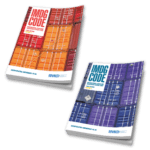
|
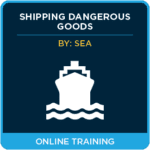 Shipping Dangerous Goods by Sea (IMDG Code) |
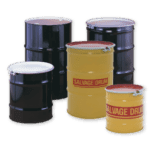 Steel & Salvage Drums |


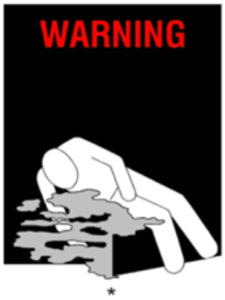
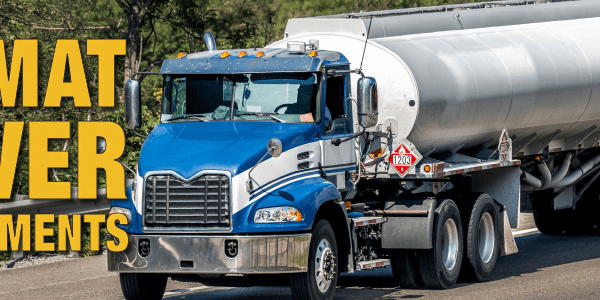




 ICC USA
ICC USA ICC Canada
ICC Canada